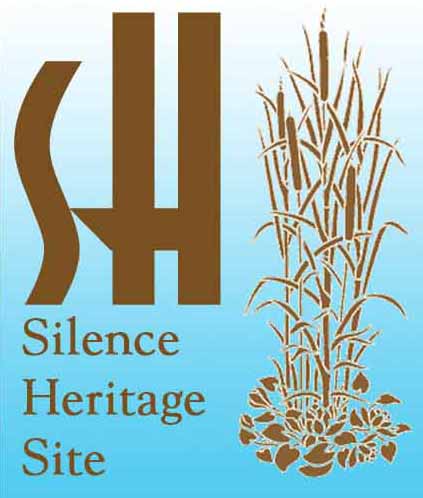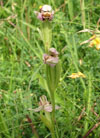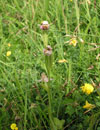

Wildlife
Species rich grassland is concentrated in clearings amongst scrub and bracken at the eastern end of the site. It is typically herb-rich and characteristic of neutral to lime-rich soils which have developed over limestone brought to the surface during mining activity. It is very diverse including common spotted, southern marsh, early purple and bee orchids in amongst species such as ox-eye daisy, field scabious, birds foot trefoil and lady’s bedstraw. Where it is tallest it is particularly rich in common knapweed. Down-slope heavier wetter soils typical of the underlying shales support damp grasslands with rushes, marsh trefoil and sneezewort alongside richer patches containing cowslips and orchids. A small silted-up pond in the far south-east is choked with bulrushes.
A clearing within the woods at the western end of the site is also species rich though not as diverse as the grasslands in the east and lacks the orchid species. Brambles, bracken and scrub are spreading across this area in addition to self-set trees.
These grasslands are priority national and local Biodiversity Action Plan habitats and are amongst the highest quality sites present along Hucklow/Eyam edge. They are important for invertebrates including a wide range of butterflies, typical of the best sites in this part of the Peak District. Hucklow Edge includes populations of dark green fritillary, a species declining at national level and for which the Peak District remains an important stronghold.
The site is bounded to the west by a line of Scots pine. Sycamore dominate on a tongue of land in the north-west.
The site is poorly recorded in terms of its bird and mammal life but is likely to support a wealth of birds and smaller mammals in addition to badgers and foxes.
 |
 |
 |
 |